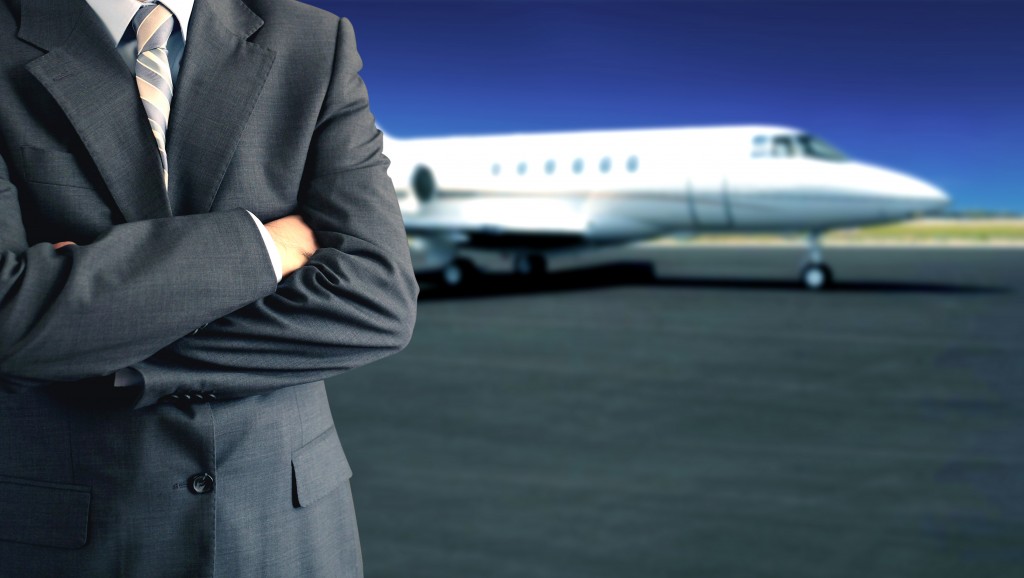The role of the Training Needs Analysis to maintain compliance with EASA Part 147 & Part 66 requirements in a “post” Regulation (EU) 1149/2011
Note the following extract from the regulations (following significant changes introduced in 2012)
In the particular case of type training courses approved on the basis of the requirements valid before Regulation (EU) 1149/2011 was applicable (01 August 2012) and having a duration for the theoretical element equal to or above the minimum duration contained in paragraph 3.1(c) of Appendix III to Part-66, it is acceptable that the TNA only covers the differences introduced by Regulation (EU) 1149/2011 in paragraph 3.1(e) “Content” and the criteria introduced in paragraph 3.1(d) “Justification of course duration” related to the minimum attendance and the maximum number of training hours per day.
So what does “our” TNA show in order to satisfy the regulatory requirements?
a) The TNA should include an analysis identifying all the areas and elements where there is a need for training as well as the associated learning objectives, considering the design philosophy of the aircraft type, the operational environment, the type of operations and the operational experience.
This analysis should be written in a manner which provides a reasonable understanding of which areas and elements constitute the course to meet the learning objectives.
The TNA should:
a) Identify the learning objectives for each task, group of tasks, system, subsystem or component;
b) Associate the identified tasks to be trained to the regulatory requirements (table in paragraph 3.1 of Appendix III to Part-66);
c) Organise the training into modules in a logical sequence (adequate combination of chapters as defined in Appendix III of Part-66);
d) Determine the sequence of learning (within a lesson and for the whole syllabus); Identify the scope of information and level of detail with regard to the minimum standard to which the topics of the TNA should be taught according to the set-up objectives.
Moreover the TNA should address the following:
a) Description of each system/component including the structure (where
applicable);
b) System/component operation taking into account: Complexity of the system (e.g. the need of further breakdown into subsystems, etc.);
Considering The organisational development process to “manage” the Course development.
The course development process remains an organisation’s internal process not being part of the TNA itself.
However, as it conditions the TNA outcomes and in particular the training duration, the CAA surveyor or auditor approving the process, should be able to have a reasonable understanding of the development process and how the aircraft and maintenance documentation are analysed for determining the required descriptions of structure, systems, sub-systems & components and presenting their design, operation, condition monitoring, documentation and maintenance.
This can be achieved through a simple report supporting the :
Estimated allotted to each subject/ chapter such as: ATA – 35 Subject – Oxygen Required Level – 3
Time – 1.5 hours
Training Methods – Instructor-led plus desktop simulation to perform functional test Comments: The system is a gaseous system with independent compressed air tanks for the pilots and the passengers.
Note / Comment – There are passenger service units in the lavatories and cabin walk-around bottles for the flight attendants. No new technology is incorporated in this system. completed by a reference to aircraft definition and the written training materials (e.g. AMM Part 1/System Description Section).
Additional comments – After consolidation, the duration should be representative of the A/C complexity and maintenance.
Existing ADs or service letters having resulted in a significant change of the aircraft design, operation & maintenance since its entry into service should also be considered.
Improvements Through Feedback
When available to the training organisation, the descriptions of maintenance tasks should also take into account the feedback received from maintenance organisations or operators, such as known human factor issues, reported significant incidents or maintenance errors etc.
Training Time Reduction is possible if:
Training methodologies or training tools can be considered to adjust the duration; for instance the use of interactive learning systems or the blending of theoretical and practical training could result in a shorter allotted duration than the one expected for a classroom lesson. Criteria related to the audience could also pay a contribution and for instance a homogeneous class could possibly reduce the duration as compared to a course “open to all”.
TNA Validation
The TNA process should in this case clearly link the duration to pre-requisites or such compensative measures as support courses organised to help the less receptive trainees to follow the path of the course.
Sofema Aviation Services delivers EASA compliant regulatory training offering over 150 regulatory training courses including EASA Part 147 for details please see www.sassofia.com or email office@sassofia.com




